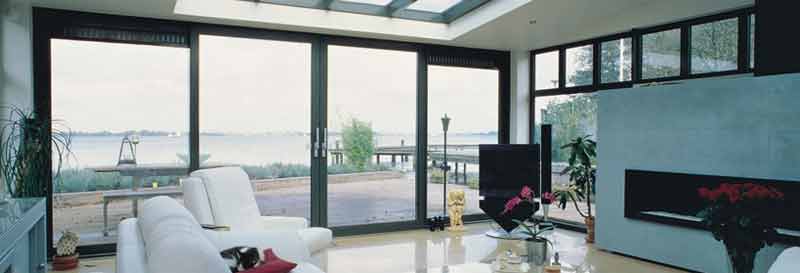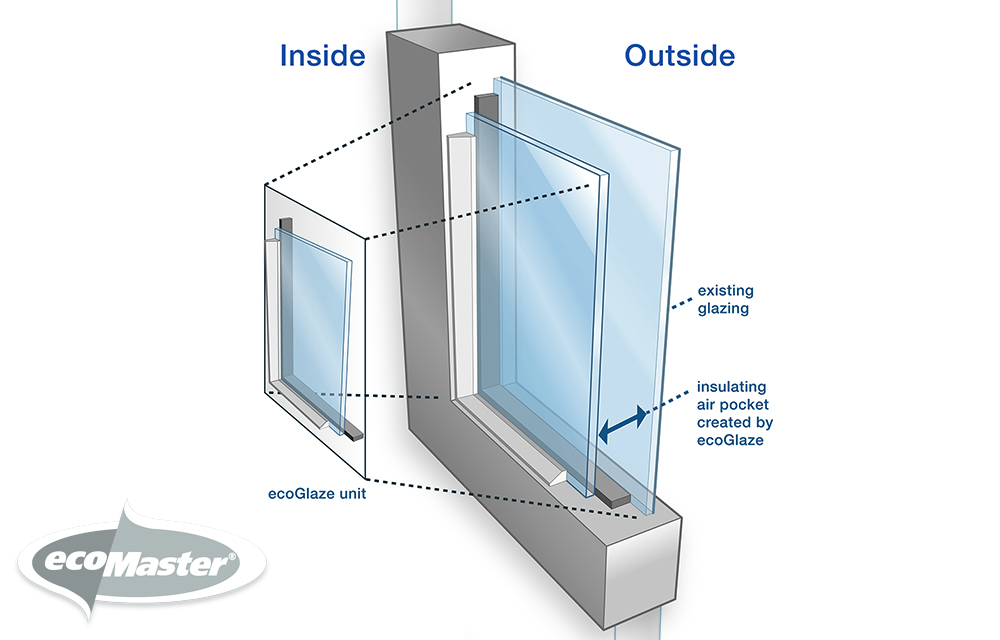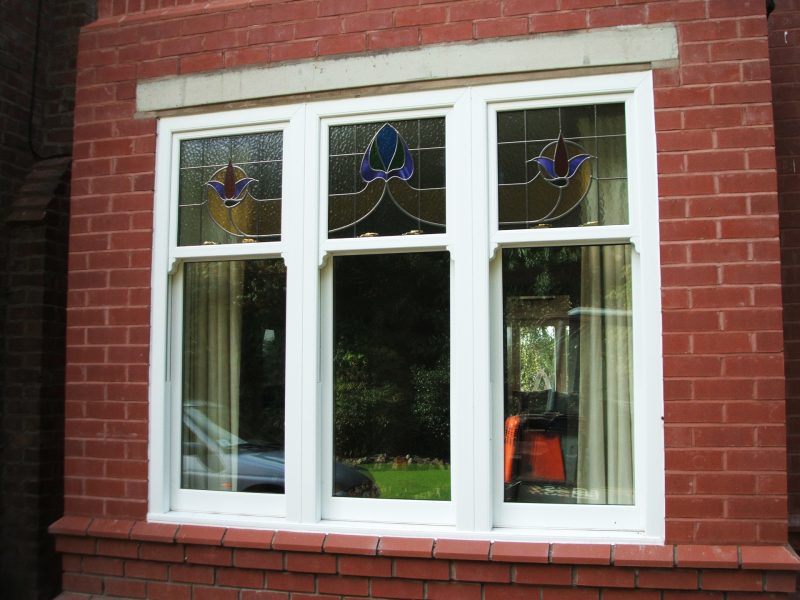All Categories
Featured
Table of Contents
Single Vs Double Vs Triple - Which Window Is Right For Your ... in Beechboro Perth
Glazing simply implies the windows in your house, consisting of both openable and set windows, as well as doors with glass and skylights. Glazing really simply means the glass part, but it is generally utilized to describe all aspects of an assembly including glass, films, frames and furnishings. Taking note of all of these elements will assist you to attain reliable passive design.

Energy-efficient glazing makes your home more comfortable and significantly reduces your energy costs. Nevertheless, unsuitable or badly designed glazing can be a major source of undesirable heat gain in summertime and substantial heat loss and condensation in winter season. Approximately 87% of a home's heating energy can be gotten and up to 40% lost through windows.
Does Double Glazing Have A Vacuum? in Hillman WA
Glazing is a considerable financial investment in the quality of your home. The cost of glazing and the cost of heating and cooling your home are closely associated. An initial financial investment in energy-efficient windows, skylights and doors can significantly reduce your yearly heating & cooling costs. Energy-efficient glazing also lowers the peak heating and cooling load, which can minimize the required size of an air-conditioning system by 30%, causing more cost savings.

This tool compares window selections to a base level aluminium window with 3mm clear glass. Comprehending a few of the key properties of glass will assist you to select the best glazing for your home. Secret residential or commercial properties of glass Source: Adapted from the Australian Window Association The quantity of light that passes through the glazing is called visible light transmittance (VLT) or visible transmittance (VT).
Double Glazing in Spearwood Perth
This might lead you to switch on lights, which will result in greater energy expenses. Conduction is how readily a product performs heat. This is called the U worth. The U value for windows (revealed as Uw), describes the conduction of the entire window (glass and frame together). The lower the U value, the greater a window's resistance to heat circulation and the much better its insulating worth.
If your home has 70m2 of glazing with aluminium frames and clear glass with a U value of 6. 2W/m2 C, on a winter season's night when it is 15C cooler outside compared to indoors, the heat loss through the windows would be: 6. 2 15 70 = 6510W That is comparable to the overall heat output of a large room gas heater or a 6.
Double Glazed Windows Melbourne in Ballajura Western Australia

If you pick a window with half the U value (3. 1W/m2 C) (for example, double glazing with an argon-filled space and less-conductive frames), you can cut in half the heat loss: 3. 1 15 70 = 3255W The solar heat gain coefficient (SHGC) for windows (revealed as SHGCw) measures how easily heat from direct sunshine flows through a whole window (glass and frame together).
The lower a window's SHGC, the less solar heat it transmits to the house interior. The actual SHGC for windows is impacted by the angle that solar radiation strikes the glass.
Lifestyle - West Coast Double Glazing in Gooseberry Hill Western Australia
When the sun is perpendicular (at 90) to the glass, it has an angle of incidence of 0 and the window will experience the optimum possible solar heat gain. The SHGC declared by glazing producers is always computed as having a 0 angle of occurrence. As the angle increases, more solar radiation is reflected, and less is sent.
Table of Contents
Latest Posts
Energy Efficient Windows At Everest in Lakes Perth
Single Vs Double Vs Triple - Which Window Is Right For Your ... in South Fremantle Western Australia
How Are Double Glazed Windows More Energy Efficient? in Safety Bay Western Australia
More
Latest Posts
Energy Efficient Windows At Everest in Lakes Perth
Single Vs Double Vs Triple - Which Window Is Right For Your ... in South Fremantle Western Australia
How Are Double Glazed Windows More Energy Efficient? in Safety Bay Western Australia